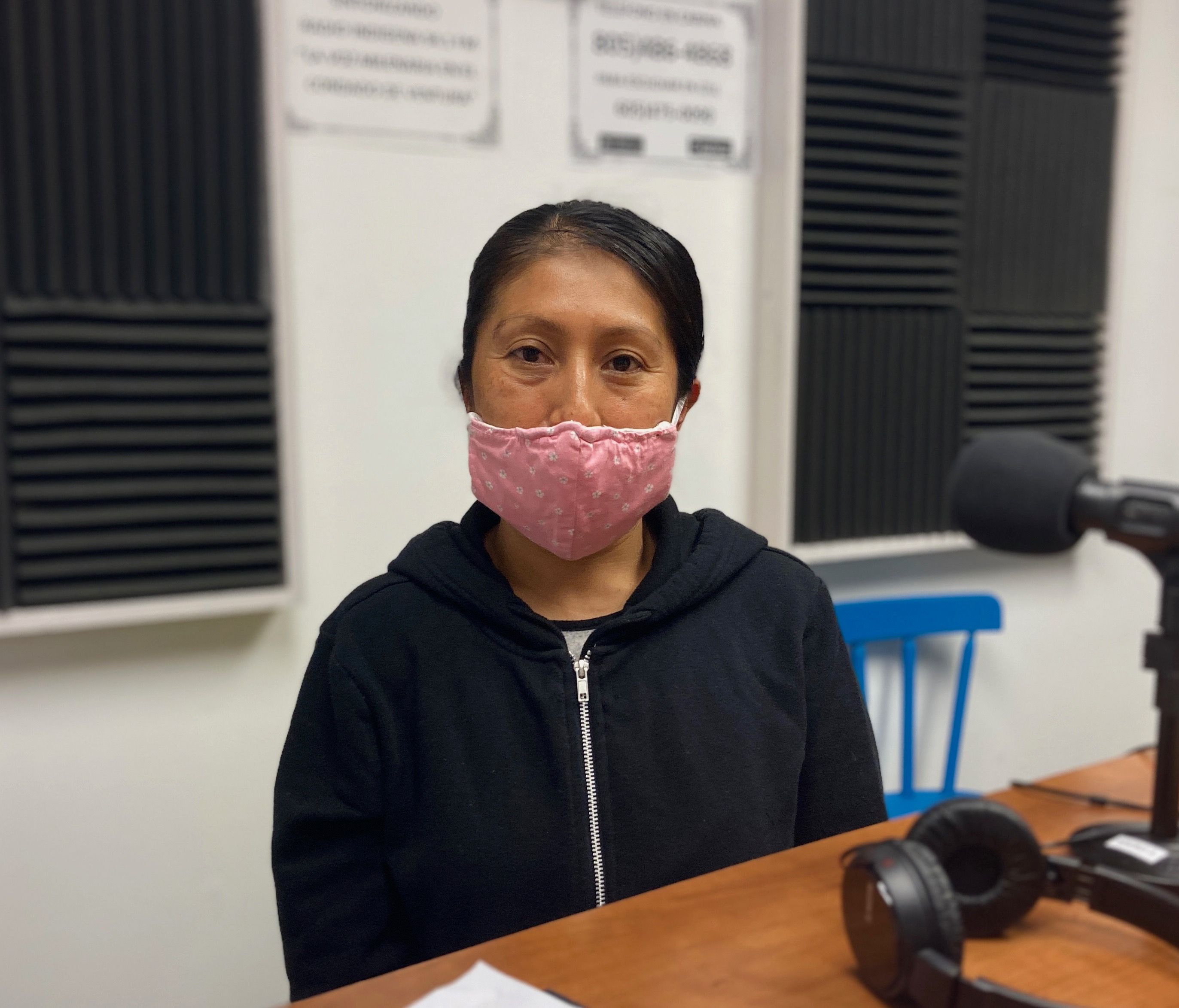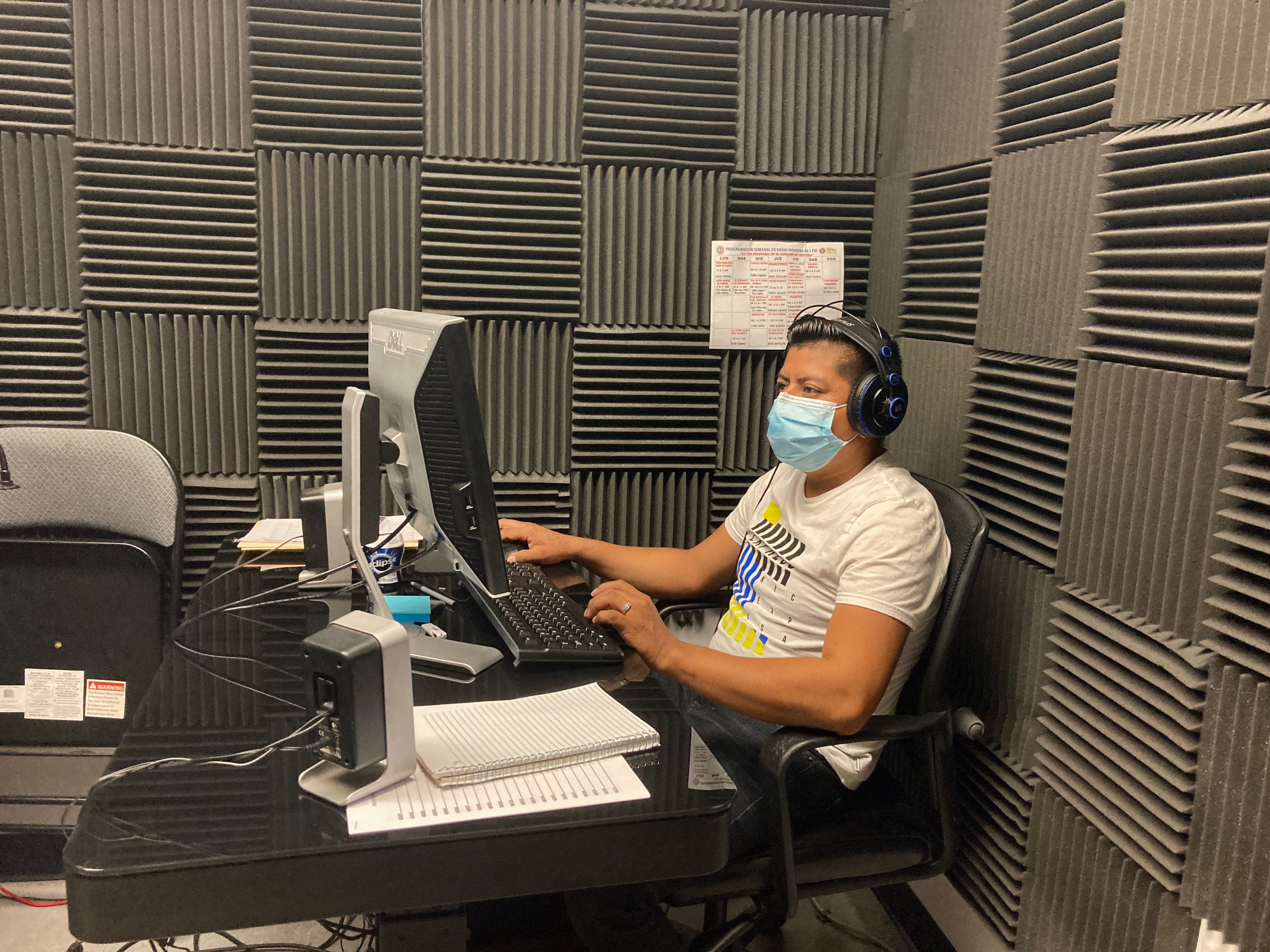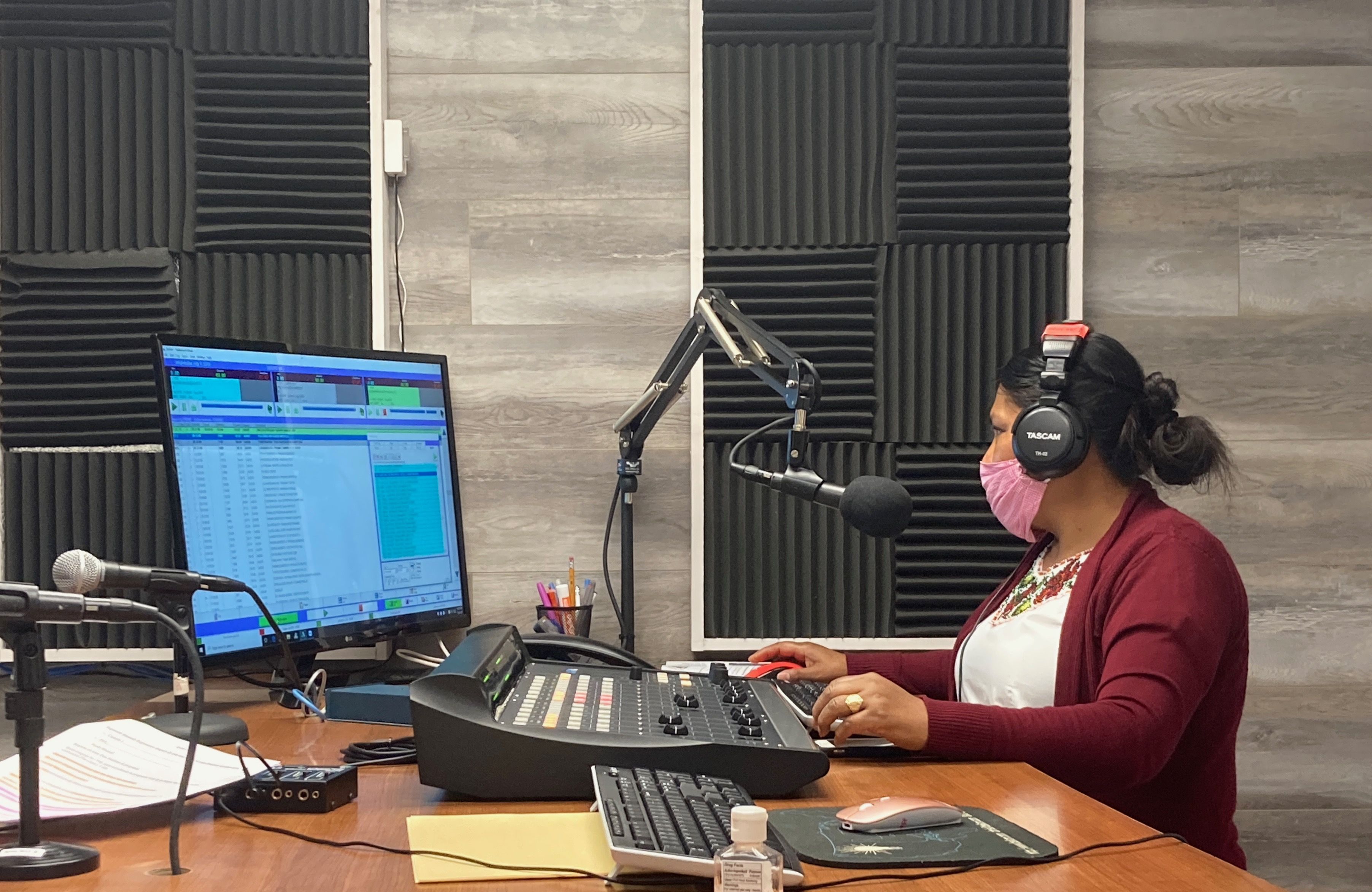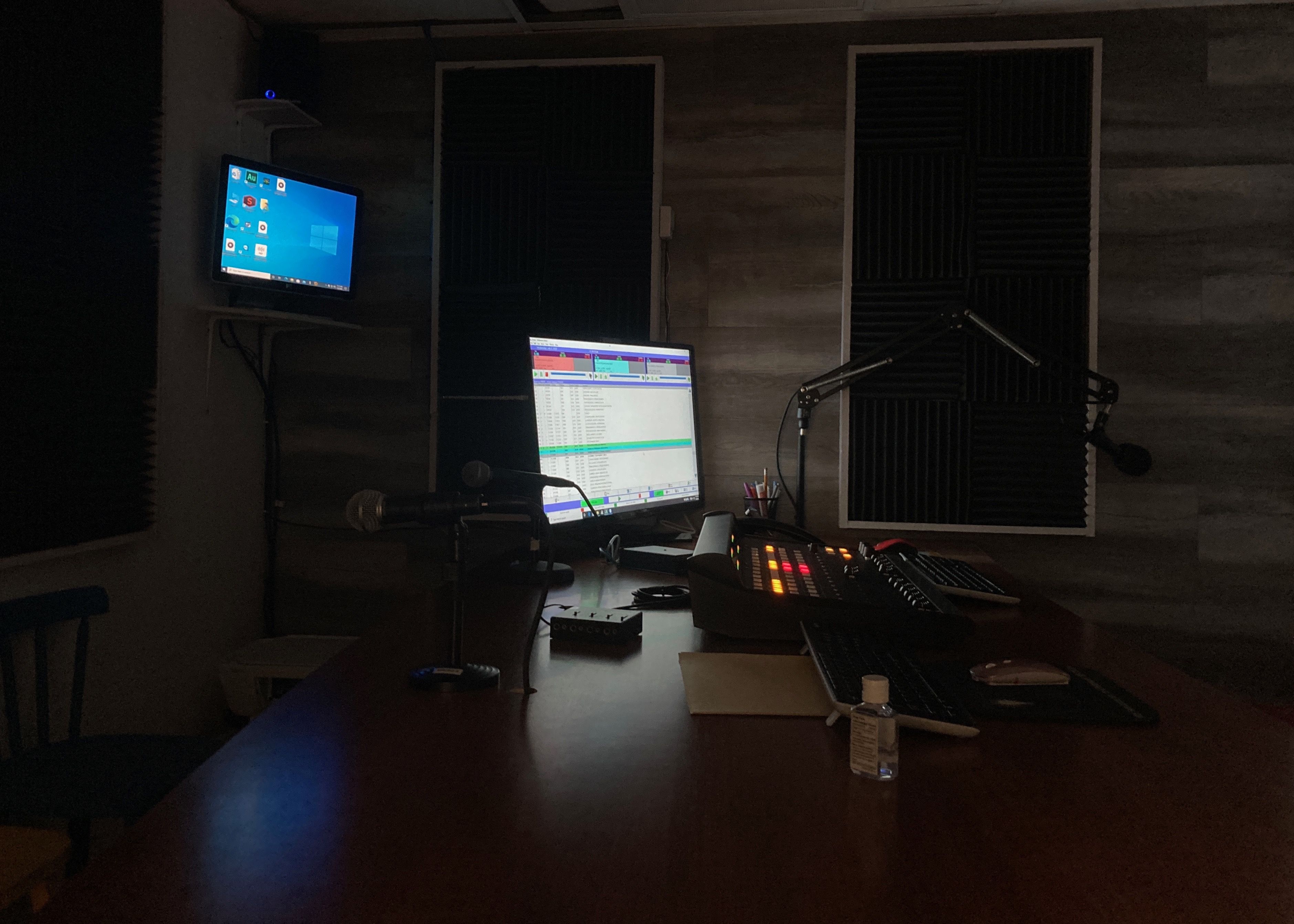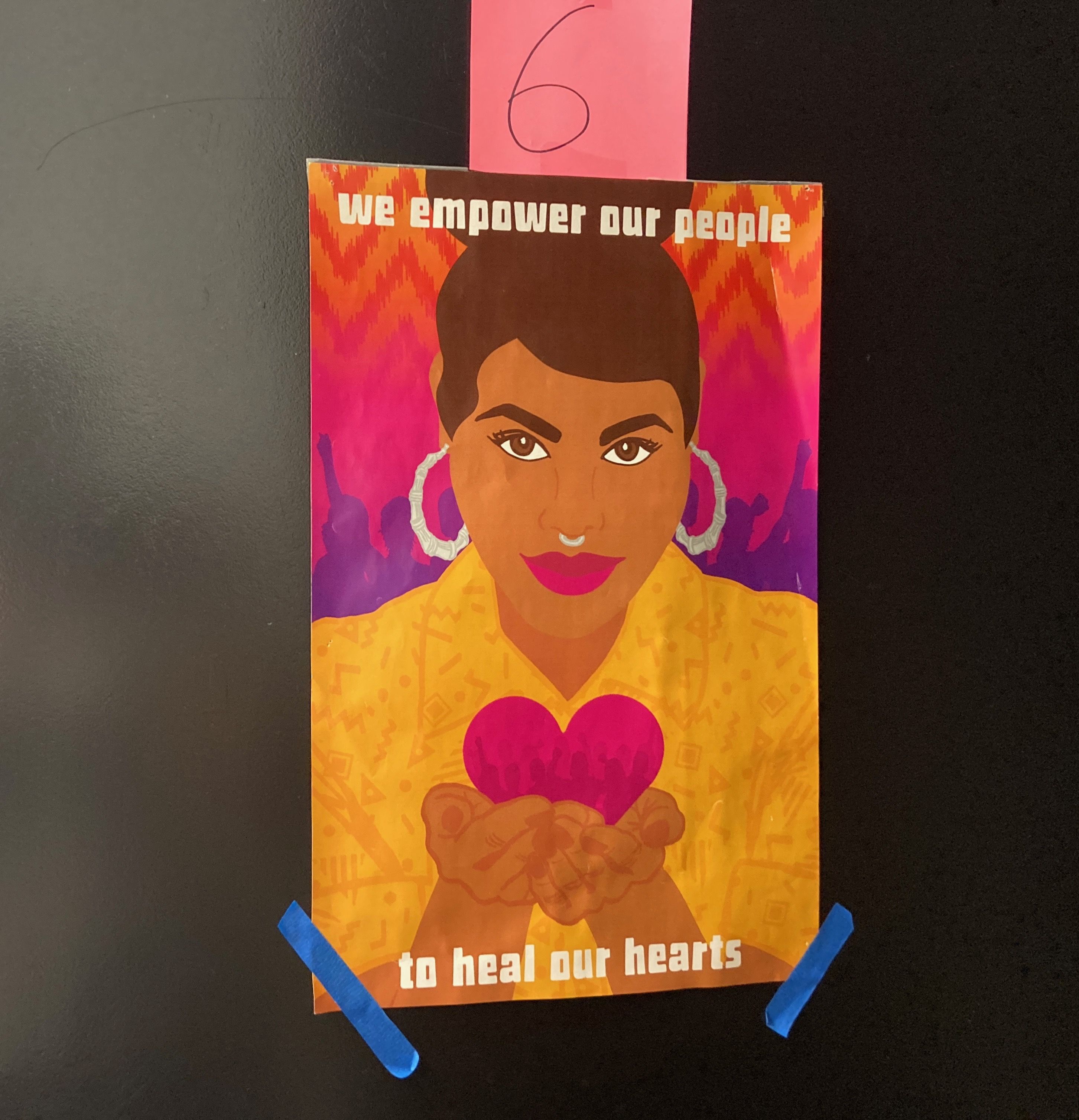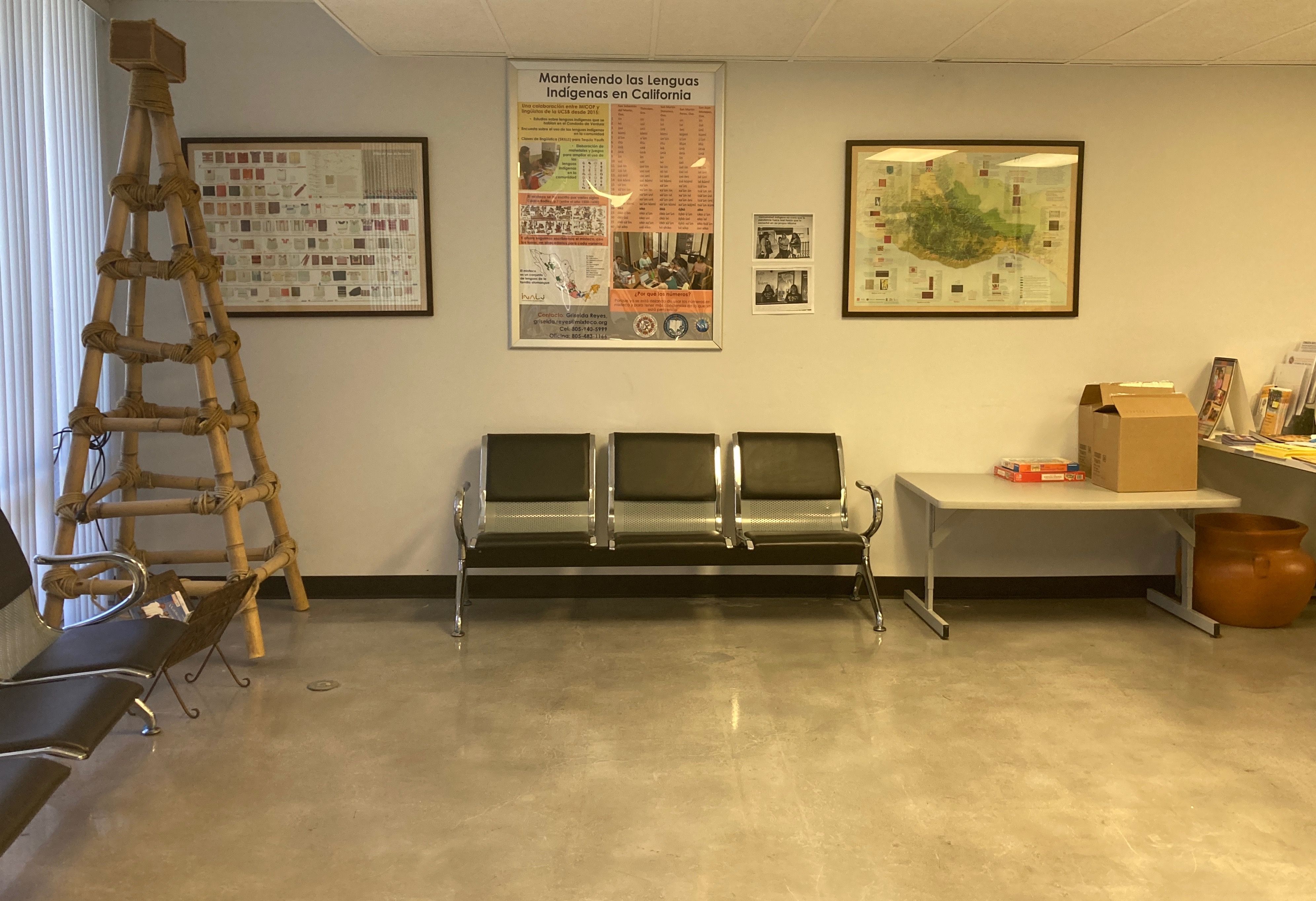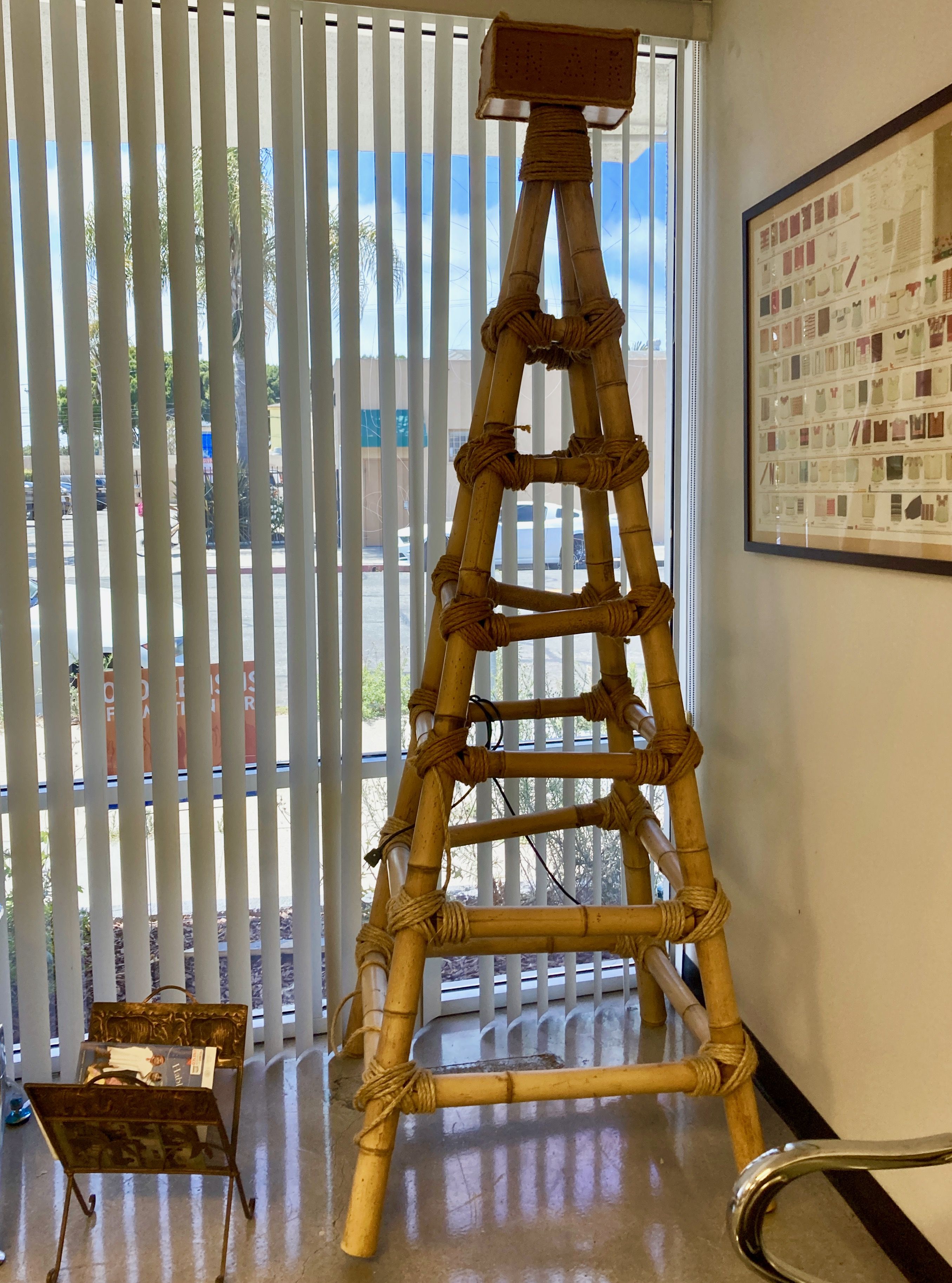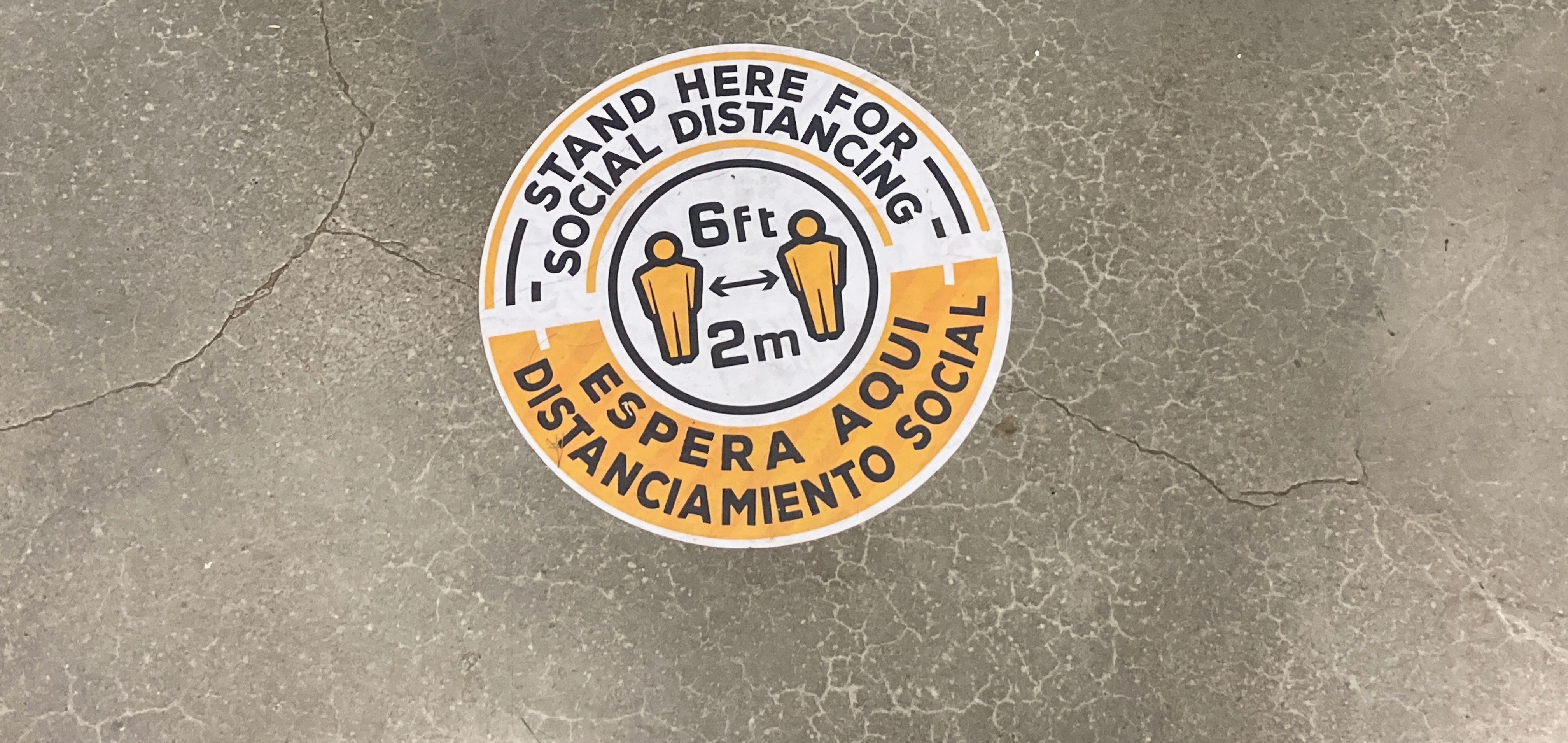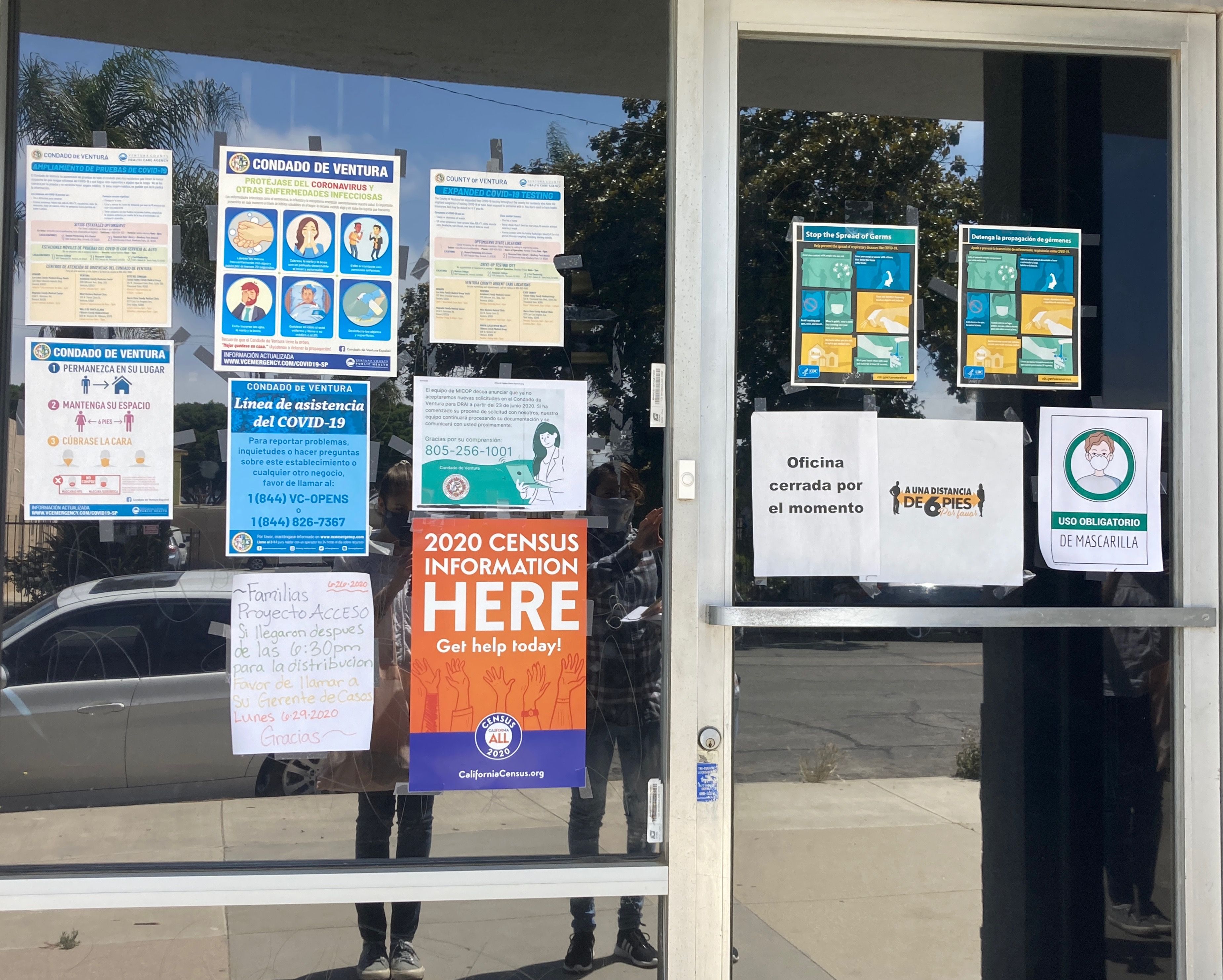Under COVID-19 travel restrictions, I quickly adapted my initial plan to report on community radio in Mexico to a local context. Under California’s stay-at-home orders, my new plan to report in Southern California became a series of Zoom calls out of my bedroom at home. Amidst the re-opening process, I was fortunate to spend a day in the field and to see Radio Indígena and the Mixteco/Indígena Community Organizing Project (MICOP) in action.
My morning began with the hour-long commute to Oxnard from my home near Los Angeles. Radio Indígena played as I drove past the brown hills and agricultural fields lining the unusually traffic-free 101 freeway. First transmitting music autochthonous to Mexico and COVID-19 health protocol reminders, the programming then shifted into “Voz de la Mujer Indígena,” or “Voice of the Indigenous Woman.” In both Spanish and Mixtec languages, the program discussed strategies for women to engage with their children in the context of COVID-19. I arrived in Oxnard at 10:45am and walked in to observe “Voz de la Mujer Indígena” conclude live from the station’s small cabina, or programming booth.
Lidia López and Flor López are the communicators behind “Voz de la Mujer Indígena,” a program that supports domestic violence survivors and their mental health. This is one of multiple programs that educate listeners about topics related to family wellbeing. In a brief window after the program concluded, the two introduced themselves.
As radio programming continued to play in the background, I observed how COVID-19 has imposed new styles of work.
The pandemic’s mark also appeared throughout the office with signage consistently reminding people to physically distance, wear masks, disinfect, and evaluate symptoms.
Most still work from home, and the office remains closed to community members. “Viviendo con Amor” or “Living with Love” was one of the first programs to return in person, and I conducted an interview with Dulce Vargas, the program director, in the kitchen set up for two-person conversations roughly 10 feet apart.
Vargas emigrated from Oaxaca in 2006 and has observed a common stigma in talking about domestic violence. She is grateful that she can talk about anything on the radio without limitations.
“On the radio, I have touched on topics related to LGBTQ identity, about abuse in families, violence, wounds from childhood, alcoholism, drugs, things that are, that we know are happening in our families, but that we don’t want to discuss,” she said in Spanish.
Broadcasting this information gives her a sense of purpose.
COVID-19 has also changed how her team functions. They began by working from home and completing trainings, but technology challenges were stressful because the promotoras are community members with varying levels of education. Being at home also provided the opportunity to reflect upon their life directions and the uncertainty of the future, Vargas noted.
Trying to balance family life, “it’s not easy to listen to the community over the phone and to be guiding them over the phone,” she said.
Since Vargas cannot complete normal visits to schools or local businesses, she’s focused on case management and help for families navigating the court system.
Other radio communicators I spoke with also discussed mental health challenges amidst the pandemic. With normal childcare no longer feasible, many don’t have quiet places to work at home and need to attend to their children who are completing classes over Zoom.
Under stay-at-home guidelines, it’s been challenging to hear stories over the phone or Zoom with little context to situate them. A day at Radio Indígena provided perspective on how adapted work styles can continue to directly assist those without the privilege to work from home.
